AMBIOS Token Earnings Calculator
Based on article data (AMBIOS token price: $0.005954)
When you hear Ambios Network, you might wonder what it really does. The project sits at the crossroads of climate tech, Internet of Things (IoT) and blockchain, promising a new way to collect and monetize real‑world environmental data.
Quick Takeaways
- Ambios Network is a Solana‑based DePIN that rewards users with the AMBIOS token for sharing sensor data.
- Over 7,500 sensors are live in more than 20 markets, feeding outdoor data to enterprises and AI models.
- The token has a max supply of 1billion, but only about 13.8million (1.38%) are circulating.
- Key partners include SAP Datasphere and the consumer‑grade AirGradient Open Air monitor.
- Risks involve low liquidity, token dilution and dependence on Solana’s network health.
What is Ambios Network?
Ambios Network is a decentralized physical infrastructure network (DePIN) that focuses on environmental monitoring. It runs on the Solana blockchain, leveraging Solana’s high‑throughput, low‑cost transaction model to settle micro‑payments for data contributions.
The native token, AMBIOS, powers the ecosystem. Token holders can earn rewards by deploying sensors, submitting smartphone observations, or simply staking to support network security.
How does the AMBIOS token work?
AMBIOS follows a classic utility‑token model: every verified data point submitted to the network generates a small token reward. The reward formula accounts for data quality, geographic relevance and the current token emission rate.
Key token metrics (as of 12Oct2025):
- Current price: $0.005954 USD
- Market cap: $82,060
- Fully diluted valuation (FDV): $5.95million
- Maximum supply: 1billion tokens
- Circulating supply: 13.78million tokens (≈1.38% of max)
- All‑time high: $0.01918 (14May2025)
- All‑time low: $0.005078 (25Sep2025)
Because only a small slice of the total supply is circulating, future token unlock events could dilute price if demand does not keep pace. On the flip side, the low current supply makes the token cheap to acquire for early participants.
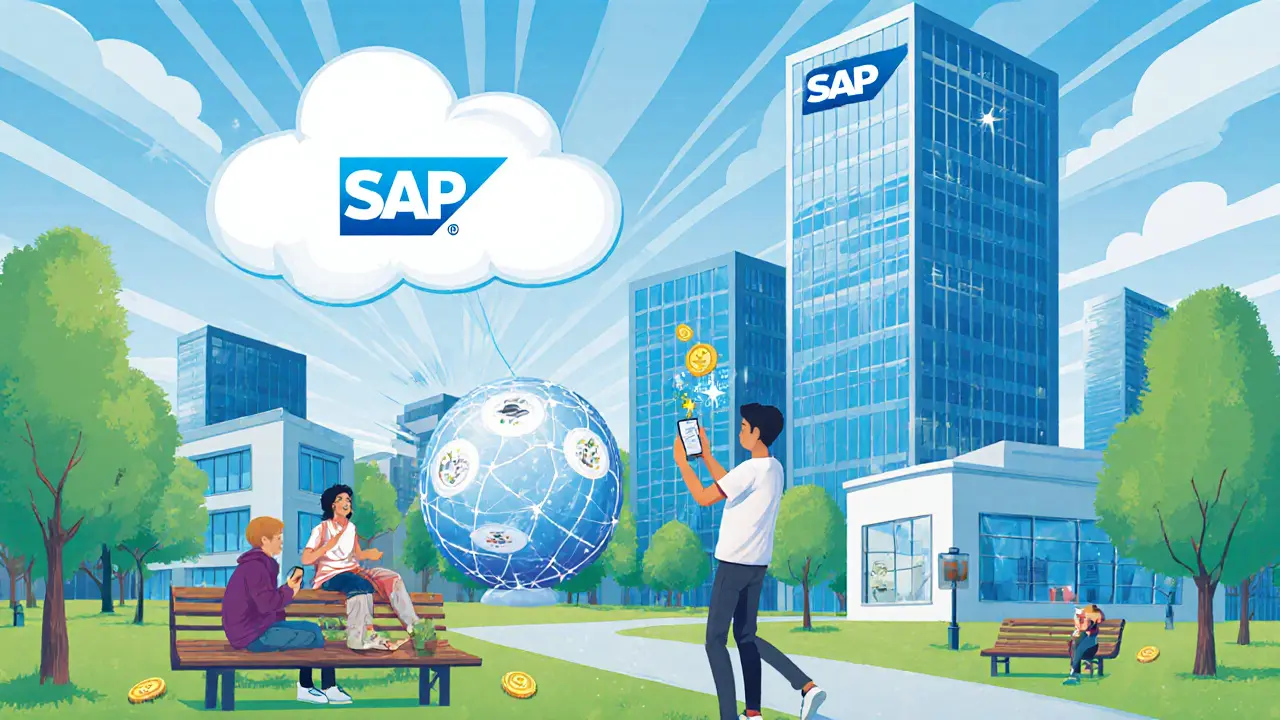
The sensor network and real‑world data
Ambios has deployed more than 7,500 environmental sensors across 20+ countries. These devices measure parameters such as temperature, humidity, particulate matter (PM2.5) and CO₂ levels. Data is transmitted via Solana’s fast finality, allowing near‑real‑time updates for downstream consumers.
The flagship hardware is the AirGradient Open Air monitor. It is a consumer‑grade sensor that costs under $200, making it accessible for hobbyists, schools and small community groups. When a user connects the monitor to the Ambios app, each verified reading automatically generates an AMBIOS reward.
Beyond individual contributors, businesses can purchase bulk sensor kits, integrate them into existing IoT infrastructure, or simply pull data through the Ambios API. The data is verified on‑chain, ensuring transparency and preventing tampering.
Ecosystem partnerships and funding
In May2024 the project raised $2million in a seed round led by Borderless Capital, with participation from Solana Ventures, Sonic Boom Ventures and Primal Capital. The capital went into sensor manufacturing, software development and early market outreach.
A major milestone arrived in 2025 when Ambios went live on SAP Datasphere. Enterprise customers can now query Ambios’ environmental dataset directly from SAP’s data lake, unlocking use‑cases like supply‑chain risk assessment, ESG reporting and climate‑impact modeling.
The founding team-Luca Franchi (CEO) and Ivan D'Ettorre (COO)-bring experience from IoT hardware start‑ups and blockchain development, guiding the project through rapid prototyping and early adopter engagement.
Where does Ambios sit in the DePIN landscape?
DePIN projects aim to crowdsource physical infrastructure using crypto incentives. Ambios differentiates itself by targeting environmental data rather than generic connectivity or energy distribution.
Comparable projects include:
- SkyX - a decentralized weather‑data network
- Filament - blockchain‑enabled IoT hardware provider
- Infinet - decentralized 5G & IoT backbone
What sets Ambios apart is its early enterprise integration (SAP) and the sheer number of deployed sensors for a project less than two years old. However, competition is fierce, and traditional environmental monitoring firms still dominate large‑scale contracts.
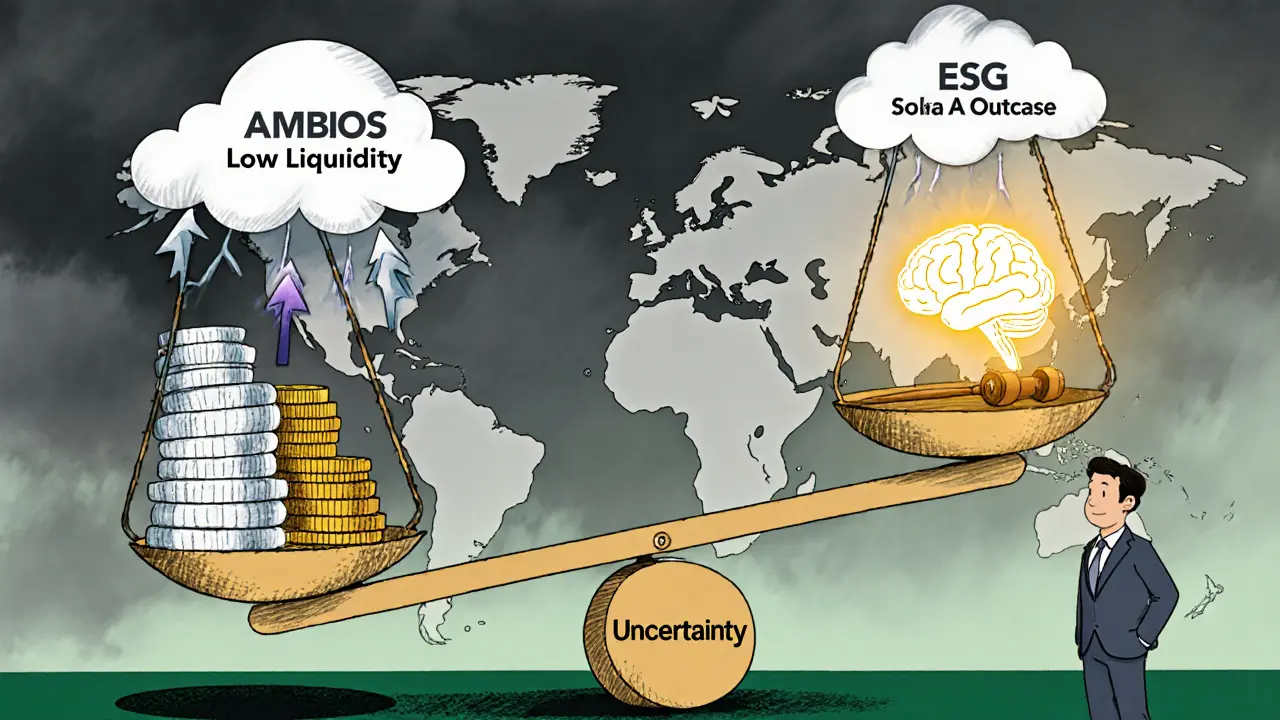
Risks, challenges, and outlook
Investors should weigh several factors before allocating capital:
- Liquidity risk: Daily volume sits around $4,100, making large trades price‑impact heavy.
- Token dilution: Only 1.38% of tokens are circulating; future unlocks could flood the market.
- Network dependency: Ambios relies on Solana’s stability. Any prolonged outage would halt data finality and reward distribution.
- Data quality & adoption: Enterprises will only pay for high‑accuracy, reliable data. Maintaining sensor calibration and preventing spoofing are ongoing challenges.
- Regulatory uncertainty: Rewarding users with crypto for data collection may trigger securities or tax scrutiny in certain jurisdictions.
On the upside, global ESG mandates are tightening, and AI models are hungry for diverse, real‑world datasets. If Ambios can scale beyond its current 7,500 sensors and convert more enterprise contracts, token demand could rise sharply.
How to get involved
There are three main pathways for participants:
- Buy AMBIOS: Listed on several DEXes on Solana (Raydium, Orca). Use a Solana wallet (Phantom, Solflare) to swap SOL for AMBIOS.
- Deploy a sensor: Purchase the AirGradient Open Air monitor, connect it to the Ambios app, and start earning rewards once your data is verified.
- Contribute data via smartphone: The app lets you snap a quick outdoor reading (e.g., temperature) and submit it for a small token payout.
Each method locks you into the ecosystem, and the more data you provide, the larger your share of the reward pool.
Frequently Asked Questions
What problem does Ambios Network aim to solve?
It tackles the scarcity and centralization of outdoor environmental data by creating a global, crowd‑sourced sensor network that anyone can join and get paid for.
How are AMBIOS tokens earned?
Tokens are minted as rewards for each verified data point a contributor submits-whether from a deployed AirGradient sensor, a smartphone reading, or an enterprise‑grade installation.
Can I purchase AMBIOS on a centralized exchange?
Currently AMBIOS is available only on Solana‑based decentralized exchanges like Raydium and Orca. You’ll need a Solana wallet and some SOL for gas.
What is the role of SAP Datasphere in the ecosystem?
SAP Datasphere lets corporate clients query Ambios’ verified environmental data directly from SAP’s data platform, turning raw sensor readings into actionable business intelligence.
Is the AMBIOS token a security?
The token’s regulatory status varies by jurisdiction. In most regions it is treated as a utility token, but users should consult local laws before investing.
How can developers integrate Ambios data into their apps?
Ambios offers a RESTful API and Solana‑based smart‑contract endpoints. Developers can pull real‑time sensor feeds, historical datasets, or filtered streams for specific regions.
Whether you’re a crypto trader, a community activist, or a tech founder looking for reliable climate data, Ambios Network provides a tangible use‑case for blockchain beyond speculation. Keep an eye on sensor deployments, enterprise contracts and Solana’s network health-those three signals will shape the token’s next moves.







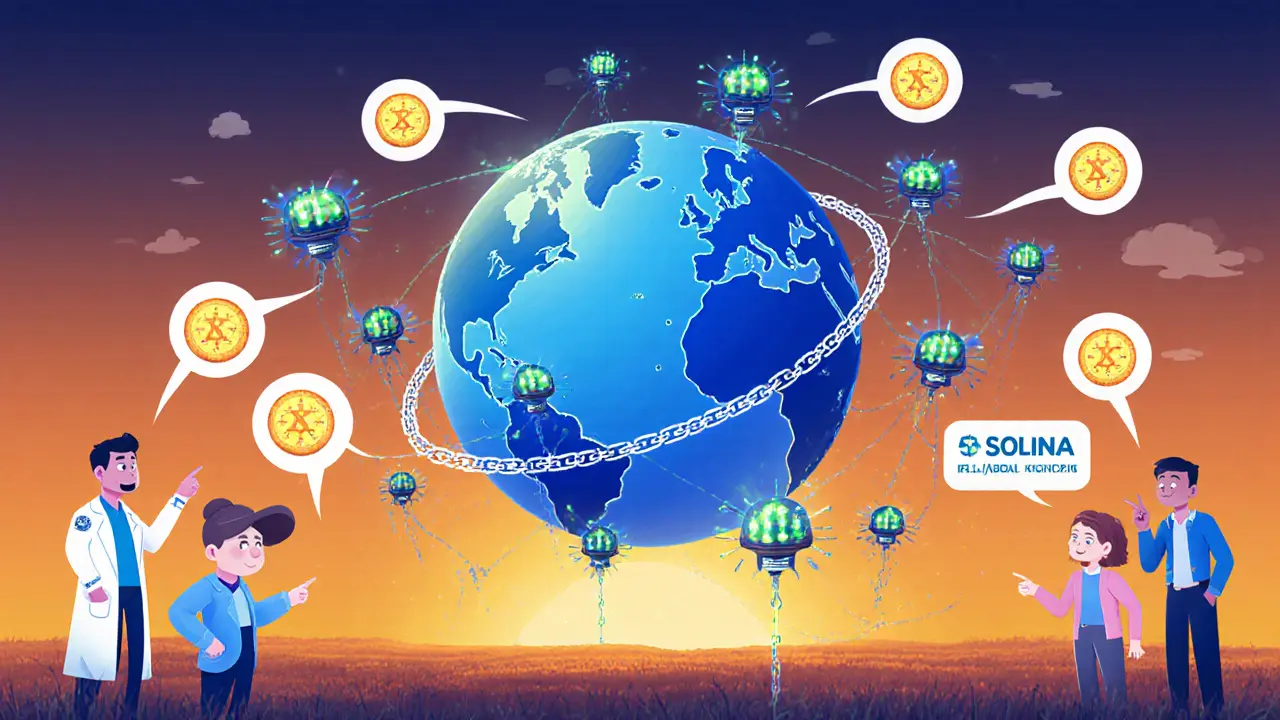
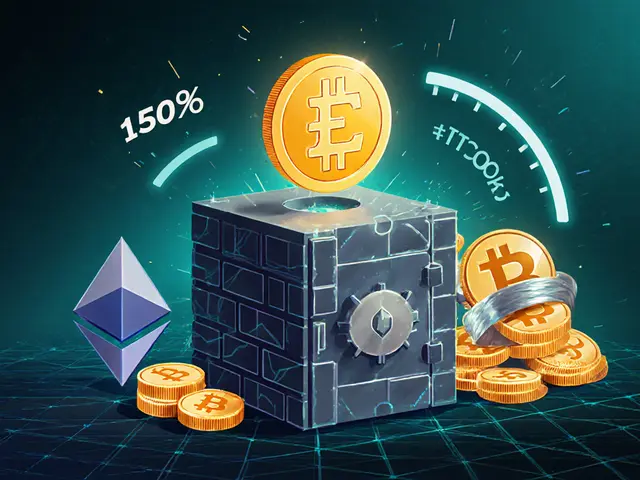
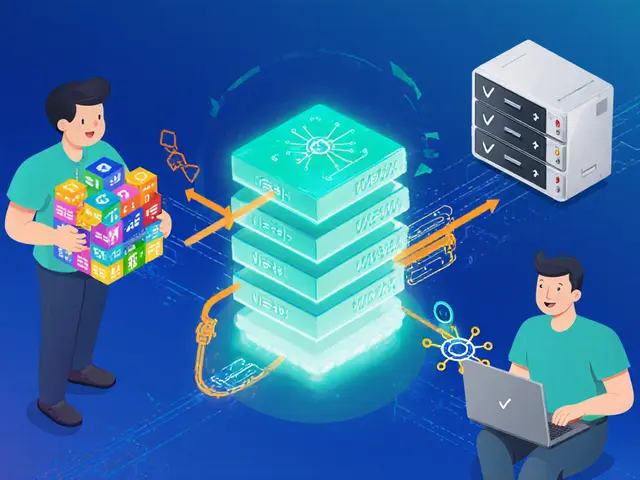
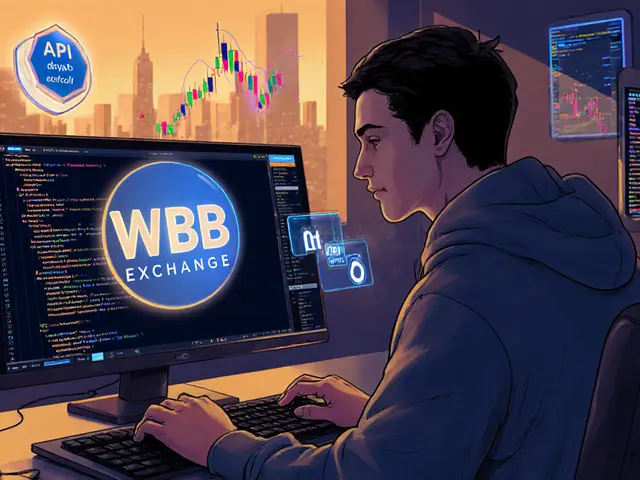
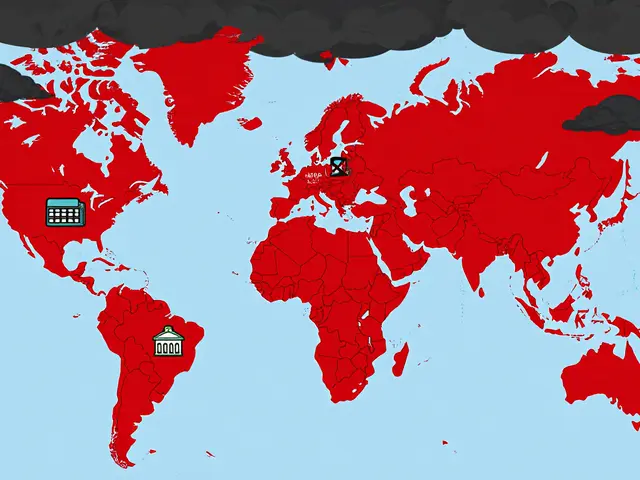
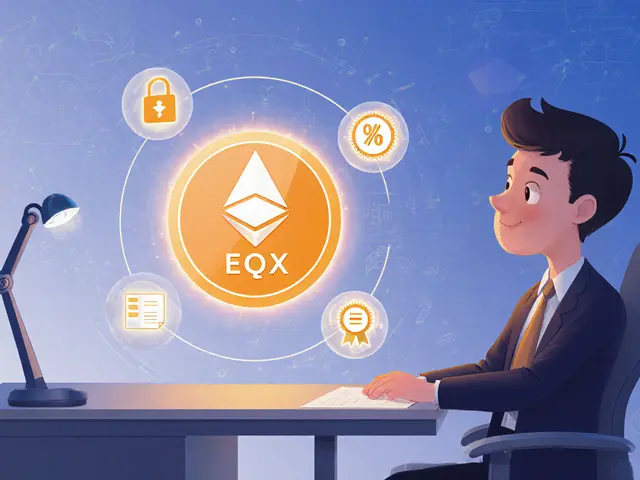
People Comments
Ambios Network is leveraging Solana’s high‑throughput layer‑1 to spin up a decentralized physical infrastructure network that rewards environmental data collectors. By tokenizing sensor nodes, the protocol creates a scalable market for high‑resolution climate metrics. The AMBIOS token acts as the settlement layer, aligning incentives through on‑chain proof‑of‑data. This architecture could lower the cost of carbon verification and accelerate climate finance.